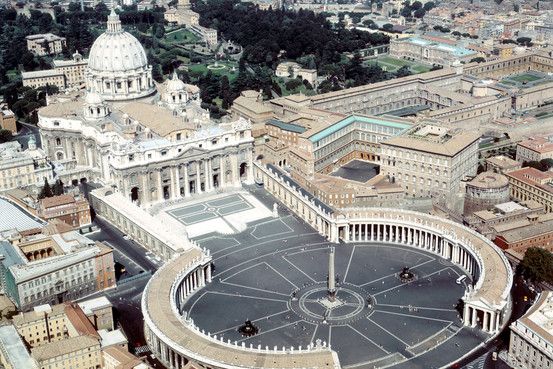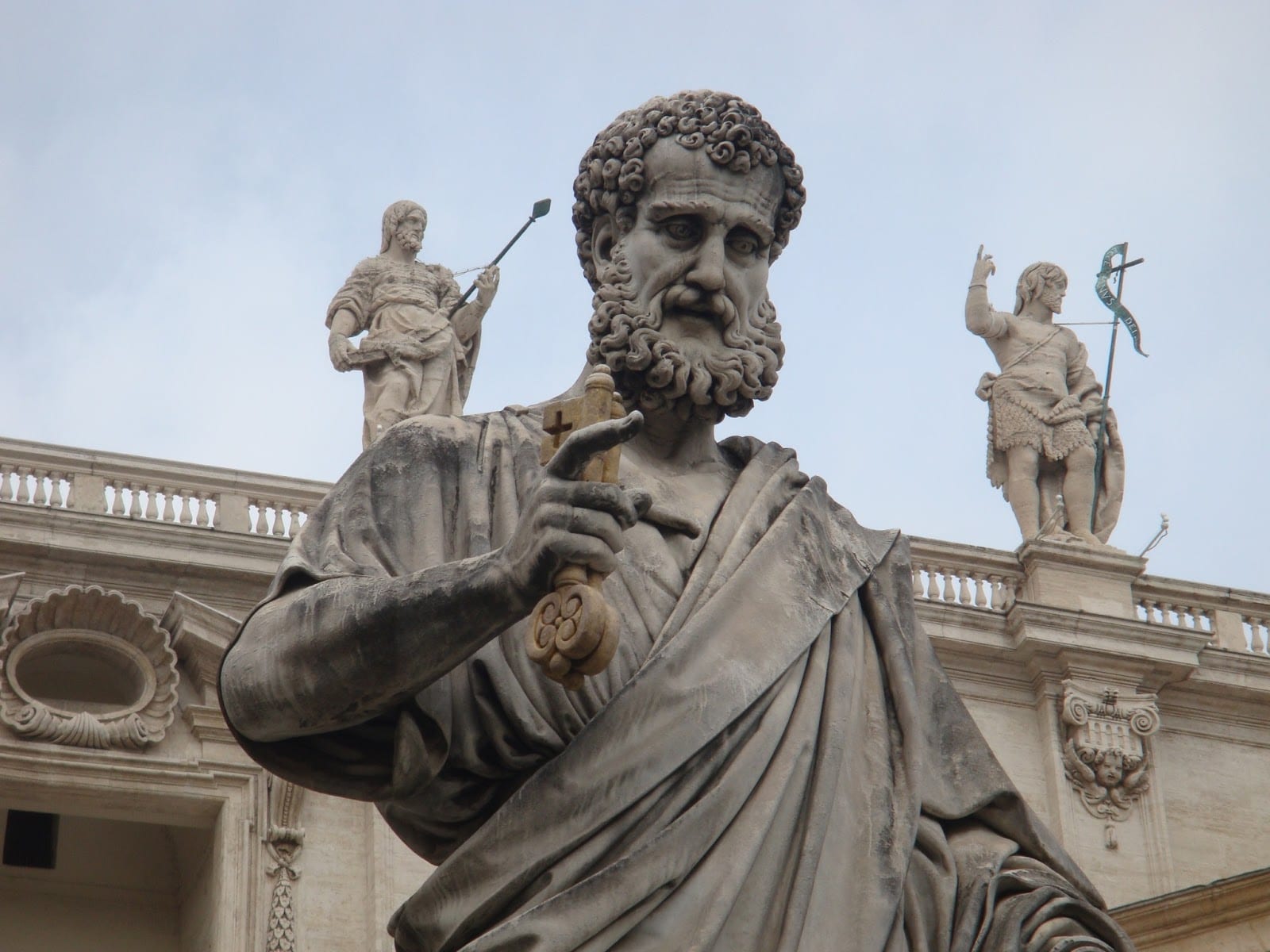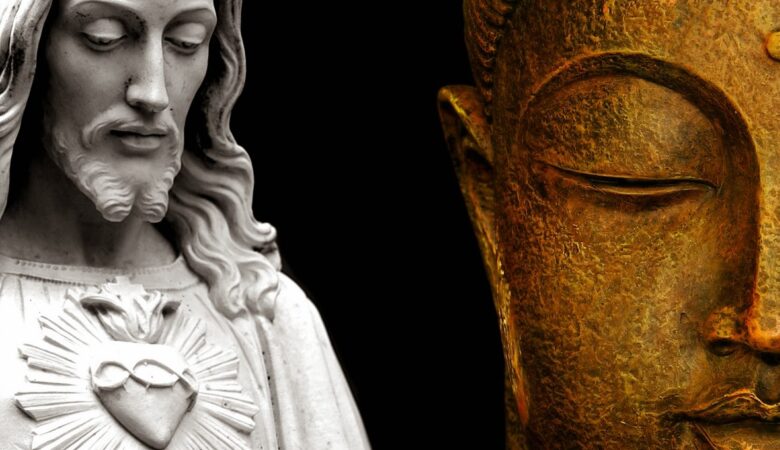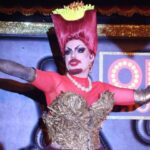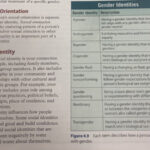The Vatican City State and Rome, together with London, Washington D.C. and Paris, are the most important capitals of the so called elite. I’ve had the opportunity to visit the Vatican and Rome this month, and I could not believe how openly displayed their control is.
I took thousands of pictures and though I cannot share all of them with you, I will choose some of the most interesting and explain the esoteric significance of the symbolism. You will notice that a relatively small number of symbols are obsessively displayed in all their temples, churches and public squares.
These are the signatures of the “royal elite”, as you will see.
In my previous article, entitled “The Darkest Secrets Of The Vatican“, I have explained the symbolism behind the “Holly See” (SS) and much more. If you haven’t read the article, I suggest you to do so, before proceeding.
Throughout the Vatican and all of Rome’s churches, we will observe variations of the SS, which are signatures of the Roman Cult (the secret society controlling the Vatican and the Catholic Church) and its bloodline members. I will explain each symbolism at the appropriate moment.
 |
| St. Peter’s Square and Basilica — For many people synonymous with the Vatican City |
The St. Peter’s Basilica is for many people synonymous with the Vatican. Looking more like a pagan temple than a a Catholic church (like all of Rome’s churches, in fact), this massive and opulent construction holds many dark secrets.
As I’ve mentioned in my previous article, the secret code of the Vatican was cracked by author and researcher Wayne Herschel. He was able to correlate the Vatican and Rome’s temples and obelisks to the stars, and reached the conclusion that they are a replica of the constellations Orion and Pleiades — the ancient stars of the “gods”.
First of all, the Basilica together with Saint Peter’s Square, Via della Conciliazione and Castel Sant’Angelo, are designed to look like a key, if watched from above. The key represents the famous Solomon’s key from the “Key of Solomon” manuscripts.
 |
| Left: Statue of Solomon holding the keys — the keys are found everywhere in Vatican and Rome, including on the SS; Left: The Vatican (highlighted) as seen today in Google Earth; Right: Map of the Vatican in 1550 AD — notice the clear key-shape; Credit: Wayne Herschel; |
Also, Saint Peter’s Basilica and Square represent the Orion Constellation, while Castel Sant’Angelo represents the ancient star of the gods (known in Egypt as the Star of Ra).
 |
| Left: Saint Peter’s Square seen from above — notice the central Egyptian obelisk and the two fountains; Middle: The three circles represent Orion’s Belt, the X represents the rest of the constellation, while the letter P (Peter) stand for the Pleiades — is the P’s elongated body (represented by the “Via della Conciliazione” street) that unites the constellations Orion and Pleiades; Right: the “Christian” Chi-Rho symbol, representing the constellations of the gods, Orion and Pleiades. Theory Credit: Wayne Herschel; |
The obelisks of the Vatican City and Rome are mostly original Egyptian obelisks, just like the ones found in Paris, London and even New York. It is interesting to know why the heads of the Christians from all over the world are worshipers of a pagan monument.
The so called Illuminati (meaning “the enlightened ones”, because they have access to the truth, while the rest of us don’t) are obsessively worshiping the obelisk because it represents the phallus of the Egyptian god Osiris — who was in fact Enki’s son, Asar.
In symbolism, the obelisk represents the male energy and it is always accompanied by a nearby dome, which represents the female energy. As I will present to you, all the obelisks of the Vatican City and Rome are erected in front of huge domes.
Also, some of the domes look similar to the ancient beehives, which in symbolism represent the temples of the “royal” families. It is a symbol used extensively by the Freemasonry.
The Vatican City in pictures
The view from the top of Castel Sant’Angelo is breathtaking even on a cloudy day, and until I looked towards the Vatican, I almost forgot where I was (on top of a former prison of the Roman Inquisition and symbolic star of the ancient “gods”).
| View from the top of Castel Sant’Angelo towards Saint Peter’s Square and Basilica |
The road leading from Castel Sant’Aneglo to Saint Peter’s Square and Basilica is known as Via della Conciliazione (meaning Road of the Conciliation — a decent name for a dark place) and it is flanked by 28 obelisks, 14 on each side.
 |
| Via della Conciliazione, flanked by 28 obelisks (14 on each side); Also notice the pine cones on top of the two buildings flanking the street; |
On top of the phallic symbol we have a cross, a three dimensional eight-pointed star and a honeycomb. In the symbolism of the “elite”, the Christian cross represents the crossing formed by the stars of the Orion constellation, the eight pointed stars represents either Melchizedek* or Inanna**, while the honeycomb represents the home of the “royal” families (while the bees represent the royal families).
Wayne Herschel suggests that the symbol represents the seven hills of Rome, which in turn represent the Pleiades. Though I find his interpretation very plausible and interesting, I still consider the symbol to be a honeycomb (or maybe both), and you will see why later on.
*Excerpt from my previous article, “The Darkest Secrets Of The Vatican“: The eight pointed star represents Melchizedek, who was the king of Salem and a priest of the “highest of all gods”. Some theologians have supposed him to have been Shem, the son of Noah/Ziusudra, and grandfather of Nimrod (which later became the king of Shinar and priest of the fish god). In Masonry, Melchizedek is connected with the degree of High Priesthood (high mason rank).
**Inanna was the granddaughter of Enlil (Enki’s brother) and revered Anunnaki goddess. Her esoteric symbols are the eight-pointed star, the dove and the owl. She was known throughout history by many names: Ishtar, Semiramis, Venus and demon-goddess Lilith, to name few.
So, the human sacrifices brought to the owl goddess at the Bohemian Grove, are in fact dedicated to Inanna.
Right in front of the Basilica, there is a statue of, allegedly, Saint Peter holding two golden keys. In my opinion, the statue represents the infamous King Solomon — a formal King of Israel and a black magician who set the bases for the secret society known as the Freemasonry.
The top members of this secret society have always been exquisite esoteric architects (hence their name), responsible with the construction of the temples of the “elite”, according to various alignments (e.g. stars, cardinal points, true north, etc.) and sacred geometry.
It is a strong belief of mine that none of the characters painted or sculpted withing the temples of the “elite” actually represent those who we think they do. For example, all depictions of the Virgin Mary, probably represent Ninhursag.
She was praised in Sumerian hymns as the “true and great lady of the heavens”. According to the Sumerian tablets, Enki and Ninhursag were the ones to genetically engineer the very first human workers. Imagine the implications!
Entering the Saint Peter’s Basilica, I’ve had mixed feelings. The beauty and grandness cannot be denied, but at the same time it is obscenely opulent. There is just too much wealth and grandeur for a church, while more than 30,000 children die of hunger each single day!
I have decided to begin my visit from the right side of the Basilica, and as soon as I’ve laid my eyes on the walls, the symbolism overwhelmed me. I’ve literally thought to myself “I need thousands of pictures and months of research to understand all this”. So I have decided to take it easy and focus only on the symbolism that I was already familiar with.
The first big thing that caught my eye was a “wall of prayer”, with a black square embedded in it. Above this wall there is a big cross and a painting of King Solomon (allegedly St. Peter) holding the key that unlocks the truth.
 |
| The “wall of prayer” with black square embedded, for the believers to touch |
According to David Icke, in symbolism, the square means control, and the meaning of two or more squares is: “we control everything”. [1] David Icke, “The Biggest Secret”, Volume Two.
The square tool of the builders is also highly revered by the Masonry. [2], [3]. In my opinion, a black square refers to the knowledge of controlling the dark and negative energies.
Each year, hundreds of thousands of believers gather at Mecca, in Saudi Arabia, for a ceremony that, in symbolism, can be translated as the worship of the black cube (a cube is made of six identical squares). Also, all Muslims across the planet, pray five times a day facing Mecca, in order to pay their respects to this black cube, known as Ka’ba (meaning “Sacred House”).
I know that for the decent human beings, the Ka’ba is a positive symbol, but not to the Illuminati.
 |
| Hundreds of thousands of Muslims gathered at Mecca to worship the black square |
Embedded in one of the cube’s walls, there is a black stone that was allegedly brought to Earth by an angel. Many scientists and scholars believe that the stone is nothing else than a piece of a meteorite.
Nearly three million Muslim pilgrims visit Mecca each year, encircling the Ka’ba seven times counter clock wise, and pointing at the mysterious black stone. In ancient times, they used to kiss or touch the black stone embedded in the Ka’ba’s wall, but due to the high number of pilgrims, today is almost impossible.
According to modern researchers, the Ka’ba is precisely aligned with the rising of the star Canopus, the cycles of the moon, and the summer and winter solstices. [4] Wikipedia; [5] Ancient Aliens;
Again, we have evidence of advanced knowledge of astronomy in ancient times. Who gave this knowledge to the humans?
Going back to the black square inside the St. Peter’s Basilica, notice how the common people touch this black square and pray.
This wall is flanked by the carvings of two popes (priests of the “fish-god” Enki, as I have explained in my previous article) wearing the Anunnaki cross (later known as Templar cross; also used by Hitler to decorate his most valuable soldiers and engraved on the pope’s clothing). Beneath, we can see a white Dove (actually, the dove is being obsessively displayed throughout the basilica):
| Interesting to notice are the little angels holding the picture of the pope. If you think about it, those angels are nothing else than naked little children. |
As I’ve mentioned before, in the symbolism of the “elite”, the dove represents the Anunnaki goddess Inanna. David Icke labeled this kind of practice “reverse symbolism”.
The following sculpture is simply amazing! It represents Pope Gregory XIII, the pope responsible for changing the harmonious Lunar calendar, with the solar calendar that we have today — “which remains the internationally accepted civil calendar to this date”. [6] This is the reason why our calendar is known today as a Gregorian calendar, though historically speaking should be known as Marduk’s calendar.
(Marduk was the firstborn son on Enki, hence of royal Anunnaki blood. He was worshiped in Egypt as Ra, the sun god. He is the one who changed Egypt’s lunar calendar with a disharmonious solar calendar. After long and bloody wars, Marduk eventually became the supreme leader of Earth, dethroning his father Enki.
Marduk is the central figure of Satanism and he was known by many names throughout history, including Lucifer, Satan, the Devil, and the Beast). [7]
Personally, I have absolutely no doubt that pope Gregory XIII knew exactly what he was doing when he changed the harmonious lunar calendar with the solar calendar of the one that he worshiped/served. The following sculpture strongly reinforces my statement.
| Pope Gregorio (Gregory) XIII, wearing a variation of the papal mitre, the one representing the pineal gland (symbol of supreme knowledge) and/or the beehive (symbol of the “royal” families). |
In this sculpture, Pope Gregory XIII sits on his throne, while the person on his left lifts the veil beneath Gregory’s throne and uncovers a… reptile. This reptilian entity is the dark power behind all of the world’s leaders and the source of their “royal” blood.
The symbolism of the honeycomb, the house of the “royal” families, is present on most ceilings of the temples of the “elite”. It is a hard statement, meaning “this was built by us and belongs to us”.
| Honeycomb architecture of the ceiling, representing the house of the bees (royal families) |
(The beehive represents the exterior of the royal temples; the honeycomb is always depicted inside the beehive, hence representing the interior; the bees symbolize the “royal” families).
Another symbol found very often in correlation to the “royal” ones, is the lion. Just as the Egyptian sphinx, the lion represents the sun. All of the “royal” ones from Marduk’s genealogy are sun worshipers.
| Shield with lion motif (worship of the sun), Solomon’s key and beehive/pineal gland |
The Vatican’s SS (Holy See) is omnipresent throughout the Vatican City and Rome, so I have decided to post only the most interesting variations of it. Two other omnipresent symbols are the eight-pointed star and the fleur-de-lis (French for Lily flower).
The fleur-de-lis symbol evolved from the ancient symbol of the bee and represents the same thing: the “royal” families. It was and still is used extensively by the blue bloods. Notice in the upper left corner a stylized sculpture of the fleur-de-lis (above picture).
Inside this smaller temple, we find the honeycomb ceiling, the Masonic laurels and the eight-pointed star of Melchizedek (high priest Masonic rank) or Inanna (Sumerian Anunnaki goddess):
| From an infinite variety of symbols they could have used, the same small group of symbols is used to decorate all the temples of the “elite” |
Saint Peter’s Basilica pièce de résistance is the black altar, which in my opinion is extremely negative — a satanic symbol.
Beneath the basilica’s dome, underneath the black altar, there is one more level available to the public, and at least one more level to which no outsider has access to. On the first underground level there are massive marble sarcophagi of deceased popes, continuing the tradition of entombing the high ranking secret society members beneath huge domes.
During the “religious” rituals, the pope has access to this underground level through a double stairway, leading exactly beneath the black altar. Extremely strange for a Christian religion (the Catholics are Christian) is the inverted cross symbolism, which is Satanic.
It is also known as the cross of St. Peter and this, in my opinion, is one of the reasons why he was chosen as the alleged patron of the church.
 |
| Entrance to the first level of the catacombs: notice the eight-pointed stars depicted on the floor, all around the altar, and the reversed (up-side down) crosses on the doors to the catacombs; |
Another reason is that his name starts with the letter P, from Pleiades. The St. Peter’s Basilica resides above the X formed by Orion Constellation, as I have presented in the opening in this article. The interlocked X and P are a cipher, a KEY, for unlocking the truth.
The final reason is that Peter allegedly received the key of the Heavens from a godly figure: Jesus Christ.
Before showing you the pictures from inside the first level of catacombs, I want to show you one more picture, of the basilica’s apse:
Let us start from the bottom of this black altar, where we have four variations of the SS. Above we can clearly see the papal hat representing the hive/pineal gland and the keys of truth — nothing new here. But the rest of the emblem consists of two esoteric symbols carved on a shield.
The first symbol is a tree, and it represents the tree of knowledge and life. It is the same tree found in all major cultures, representing the creation of life through genetic manipulation (Sumerian depiction of manipulating DNA; Babylonian depiction of Anunnaki manipulating the DNA tree — notice the fish-gods, the flying godly figure, and the eight-pointed star; small artifact found near the 12,000 years old temple of Gobekli Tepe, depicting the serpent and the tree of knowledge/DNA).
The second symbol is a beehive/honeycomb with an eight-pointed star above it.
Standing on this altar, there are four popes (plus two in the corners), above them there are two women that could represent Ninhursag and Inanna, and two little naked children holding the keys of knowledge and the papal hat representing the beehive and the pineal gland.
Above the entire scene there is a dove (Inanna) standing inside a bright sun, while on the right and left walls there are two Holly See’s with shields. On the shield of the right side there are tree bees, while on the shield of the left side there are six fleur-de-lis’.
The Catacombs
Descending into the catacombs through a second staircase, the first painting that you will notice is of two naked children (this time they have no wings, hence they are not alleged angels), holding the shield of the “royal elite”:
| The bees representing the “royal elite” |
There are also paintings of popes being anointed, with armed escorts and crowds of people watching the parade. The paintings are flanked by numerous bees, attesting their “royal” blood.
A very interesting sight is a white marble desk and chair, with carved motifs. We can clearly see sheep on the face of the desk, worshiping a pope or heavenly figure. Notice on the left side, one of the sheep seems to be reaching a… human hand, towards the central figure.
Yes, we are considered “sheeple” by the “elite”, because we blindly obey them and follow their lead, just like a flock of sheep.
Carved on the back of the chair, there is a dove with an eight-pointed star above its head:
Sarcophagi of deceased popes are everywhere inside the catacombs, as expected. I will draw your attention towards the Chi-Rho, “Christian” sign (Orion and Pleiades) found on all of them, and the Anunnaki crosses found on some.
The symbolism of the upside down “peace” dove, just like the upside down cross, is extremely negative and used extensively by Satanists. [8]
| Painting of Virgin Mary – definitely representing someone else for the “elite”; Notice the upper carving of an upside-down dove (symbolizing the opposite of peace); Notice the shields with painted squares (“we control everything”); Notice the left carving: it is a modernized version of the ancient Babylonian carving of priests of the fish-god (exactly what the popes are) manipulating the tree of life; |
Another interesting connection between the modern popes and the ancient “royalty” of Egypt, are the papal staffs (seen in the above and below pictures). They were known as heka in ancient Egypt and used only by the “royal” ones. [9]
The paths leading out of the catacombs and the Sistine Chapel meet in a small courtyard, where a statue of Saint Gregorius Armeniae Illuminator (a.k.a. Gregory the Illuminator) resides.
| Notice the Satanist, upside down, dove on the hat that represents the worship of the fish-god; Mason laurels above his head and scaly (fish/reptilian) pedestal feet; |
Gregory the Illuminator was of “royal” blood, both his parents being nobles. His father was a famous prince, Anak the Parthian, who was a member of the Arsacid Dynasty of Armenia. Anak was charged with assassinating Khosrov II, one of the kings of the Arsacid dynasty and was put to death.
On the coming of his age, Gregory married a blue-blooded woman called Miriam, who was the daughter of an Armenian Prince in Cappadocia, hence passing “royal” blood to their offspring — just as expected.
Gregory the Illuminator was the first official head of the Armenian Apostolic Church. He converted Armenia to Christianity in 301. Armenia thus became the first nation to adopt Christianity as its official religion. [10]
Gregory the Illuminator and both his sons, Vrtanes and Aristaces, are worshiped as saints (blue-bloods who served the agenda of the “royal elite” as clerics). “Saints” Aristaces and Vrtanes inherited in sequence their father’s position and further consolidated the strength and power of the Christian empire in the Caucasus Albania and Anatolia. [11]
Conclusion
In this chapter I have presented you the symbolism of St. Peter’s Square and Basilica. In a future article, I will include the Vatican Museums (I have some amazing pictures and information to share), Castel Sant’Angelo and some of Rome’s most interesting places, where the signatures of the “royal elite” are hidden in plain sight.
By Alexander Light, HumansAreFree.com | Read Wayne Herschel’s book, “The Hidden Records“

